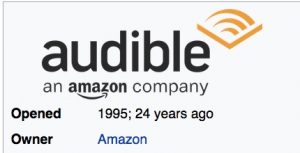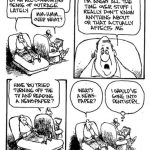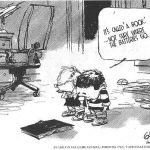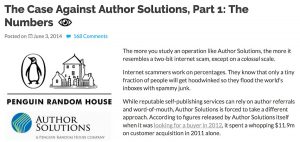Acceleration of technology
From Mundaneum to Apple Books we see an dazzling evolution in technology in the world of books and publishing. With the progress of e-book readers, even the Kindle reader seems outdated as one can read the e-books on a mobile or iPad. One can wonder what the future holds. But books in print are not gone yet.
Mundaneum
A Belgian was way ahead of his time. Few have heard of Paul Otlet, a visionary Belgian who sought to put all human knowledge on 3-by-5-inch library cards in a temple of learning that he called the Mundaneum.
Yet, as a new museum in Mons shows, Otlet’s century-old concept preconfigured the Internet.
Rescued from neglect, the Mundaneum has found a permanent home here in a converted 1930s department store and annexes for research and storage. Boxes crammed with the tons of documents and publications collected by Otlet and his followers fill about 6 kilometers of shelf space, awaiting classification. Vast iconographic resources, including hundreds of thousands of posters, postcards and glass photographs, remain largely unexplored.
“It will take us more than 100 years just to sort out and scan the newspapers into computers,” said Daniel Lefebvre, an archivist.
Read the full story here:
27 June 1998 – World of Learning and a Virtual Library
By BARRY JAMES NYT
https://www.nytimes.com/1998/06/27/style/IHT-world-of-learning-and-a-virtual-library.html
For those who cannot access the article: 980627 Mundaneum
Apple Books and PC
Previously PC users could not access the Apple Books to upload their manuscripts. That is now changed. See:
Apple Books For Authors – Now With PC Access Publishing Resources
Posted by David Gaughran – May 2020
https://davidgaughran.com/2020/05/08/apple-books-for-authors-launches-pc/
David wrote:
Apple Books For Authors has launched and the all-new site now provides help with every stage in the publishing process. And here’s the biggest news of all: PC users can now publish direct with Apple Books. That’s right!
Before now, anyone using a PC device could not easily publish direct with Apple Books and many had to use a distributor to reach all of Apple’s customers. Now that has changed, and the new Apple Books publishing portal is accessible by web browser, and on a PC too.
Visit his website for the full story.
The Apple location: https://authors.apple.com/







